by: Kendra J. Royston
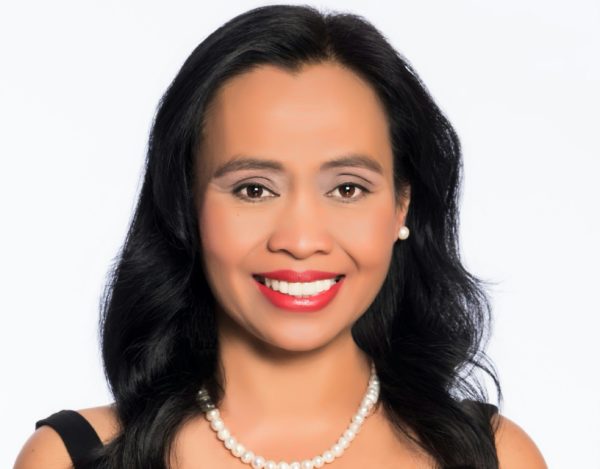
“Helping people had always been my passion.”
Passion, drive, determination, kindness, and philanthropy. After my interview with Dr. Doris Espiritu of Wright College, it was evident that these 5 words would be appropriate descriptors to help us gain perspective into her world view. Influenced by her father’s emphasis on education and higher learning, she embraced her academic journey early.
As a minority woman in STEM Dr. Espiritu understands the need for representation in the field. Serving as an example and role model, she is capable of helping influence and impact other women who are akin to herself. She is extremely passionate about STEM diversity and teaching, and it is safe to assume that she utilizes her platform as a city college professor to inspire and cultivate young minds.
Dr. Espiritu’s father made her promise to “never give up” on her education, and it was that promise that encouraged her to persevere through poverty. Now, she honors her father’s memory by passing the lessons she’s learned from him on to her students and those who look up to her.
Initially motivated by money, Dr. Espiritu pursued her education in chemistry. After receiving her Master’s degree from the University of the Philippines she worked in industry for a while to help provide for her family. Despite achieving monetary success, Doris felt that “something was missing” and decided to move to the US to pursue her PhD in Physiology and Biophysics with hopes of designing drugs to help people. Her dissertation was centered on kidney physiology and her postdoc work focused on understanding endocrinology with relation to obesity.
It was when Dr. Espiritu began working with students that she felt she had truly found her passion. As an instructor at Wright, the joy she received in the classroom resulted in her continuing her career there. Now, as the Director of the Engineering program, and Professor of Chemistry at Wilbur Wright, Dr. Espiritu’s gifts and passions have made room for her. She has received numerous accolades, established partnerships with Princeton University and the Czech Academy of Sciences, Grainger College of Engineering at the University of Illinois Urbana Champaign, and Armour College of Engineering, IIT and has even secured a $1.43M National Science Foundation for the “Building Bridges into Engineering and Computer Science” program at the college.
When she’s not teaching and utilizing her research in data mining and computational chemistry to facilitate student learning and development, she enjoys food, baseball, and learning new languages.
It was a tremendous honor learning more about Dr. Espiritu, and we sincerely hope you enjoyed learning about this month’s SOTM!

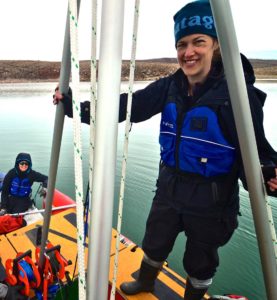 Interview and article by: Suchitra Sankaranarayan; Photo by:Alex P. Taylor
Interview and article by: Suchitra Sankaranarayan; Photo by:Alex P. Taylor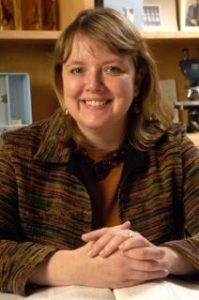 Dr. Kay Macleod is known for her pioneering research into autophagy and mitochondrial dysfunction in cancer. Now an Associate Professor and Chair of the Committee on Cancer Biology at the University of Chicago, Kay created a pathway to success that was uniquely her own. Growing up on the islands of north-west Scotland, Kay’s childhood embraced daily encounters with nature, around shoreline rock pools and forests near her home. This strong affinity with nature feeds Kay’s scientific passion to this day. But Kay’s career-defining moment came when a TV program featuring Bob Weinberg, the renowned MIT cancer biologist, aired around the same time that Kay’s grandmother died from ovarian cancer. A healthy non-smoker, the cause of her grandmother’s ovarian cancer was unknown. This opened Kay’s eyes to the scientific challenge of trying to understand what causes cancer. Bob Weinberg’s explanation of oncogenes and how they drive cancer intrigued Kay and made her realize that this was the scientific endeavor she wanted to pursue. High school teachers recognized Kay’s inquisitive mind and pushed her towards a career in medicine, which was expected for young students with strong grades and an interest in the disease. But when applying to college she realized, “It’s the science of medicine that’s more interesting to me than patient care.” Kay ultimately decided to study molecular biology at university. Her education and career have taken her around the world – after earning a Bachelor of Science degree with honors at the University of Edinburgh and her Ph.D. at the University of Glasgow in Scotland, Kay ventured to the Pasteur Institute in France for post-doctoral research followed by a highly productive post-doctoral fellowship at MIT. Since 2001, Kay has carried out innovative cancer research in her own laboratory at the University of Chicago. Her experiences throughout her career provide significant insight for young scientists.
Dr. Kay Macleod is known for her pioneering research into autophagy and mitochondrial dysfunction in cancer. Now an Associate Professor and Chair of the Committee on Cancer Biology at the University of Chicago, Kay created a pathway to success that was uniquely her own. Growing up on the islands of north-west Scotland, Kay’s childhood embraced daily encounters with nature, around shoreline rock pools and forests near her home. This strong affinity with nature feeds Kay’s scientific passion to this day. But Kay’s career-defining moment came when a TV program featuring Bob Weinberg, the renowned MIT cancer biologist, aired around the same time that Kay’s grandmother died from ovarian cancer. A healthy non-smoker, the cause of her grandmother’s ovarian cancer was unknown. This opened Kay’s eyes to the scientific challenge of trying to understand what causes cancer. Bob Weinberg’s explanation of oncogenes and how they drive cancer intrigued Kay and made her realize that this was the scientific endeavor she wanted to pursue. High school teachers recognized Kay’s inquisitive mind and pushed her towards a career in medicine, which was expected for young students with strong grades and an interest in the disease. But when applying to college she realized, “It’s the science of medicine that’s more interesting to me than patient care.” Kay ultimately decided to study molecular biology at university. Her education and career have taken her around the world – after earning a Bachelor of Science degree with honors at the University of Edinburgh and her Ph.D. at the University of Glasgow in Scotland, Kay ventured to the Pasteur Institute in France for post-doctoral research followed by a highly productive post-doctoral fellowship at MIT. Since 2001, Kay has carried out innovative cancer research in her own laboratory at the University of Chicago. Her experiences throughout her career provide significant insight for young scientists.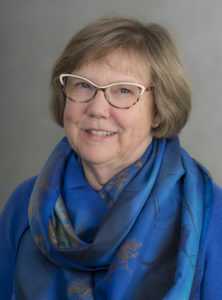
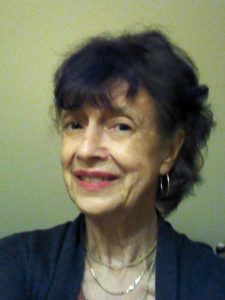
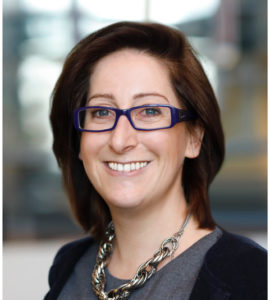
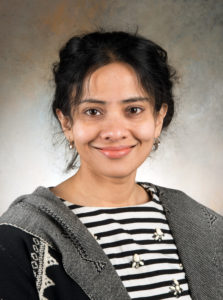
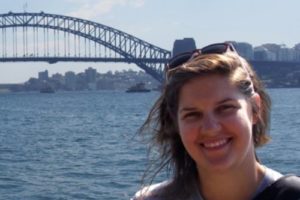 A great role model
A great role model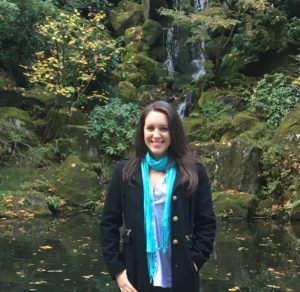 Dr. Rebecca (Becky) Toroney took to biochemistry during her undergraduate years at Franklin & Marshall College. While working under Prof. Ryan Mehl, she helped develop a novel method to increase protein stability using UV cross-linking by incorporation of photoreactive unnatural amino acids. Following undergraduate studies, she decided to pursue a Ph.D. in chemistry. In addition to her interest in all things scientific, Becky was encouraged to pursue graduate studies by a mentor at home. Her sister, Rachel, who at that time was attending graduate school at Johns Hopkins University, gave Becky the behind-the-scenes on what “graduate school entails”. The state-of-the-art research facilities were great but it was talking to her eventual thesis advisor and mentor, Phil Bevilacqua, that convinced Becky to join Penn State, “He was enthusiastic about his research, and encouraged me to work with him over the summer before I joined graduate school”. Even though her summer research project was focused on studying pKa shifting using NMR, Becky decided she wanted to be closer to molecular biology, and her thesis work was focused on the different structural features of RNAs responsible for regulating protein kinase PKR.
Dr. Rebecca (Becky) Toroney took to biochemistry during her undergraduate years at Franklin & Marshall College. While working under Prof. Ryan Mehl, she helped develop a novel method to increase protein stability using UV cross-linking by incorporation of photoreactive unnatural amino acids. Following undergraduate studies, she decided to pursue a Ph.D. in chemistry. In addition to her interest in all things scientific, Becky was encouraged to pursue graduate studies by a mentor at home. Her sister, Rachel, who at that time was attending graduate school at Johns Hopkins University, gave Becky the behind-the-scenes on what “graduate school entails”. The state-of-the-art research facilities were great but it was talking to her eventual thesis advisor and mentor, Phil Bevilacqua, that convinced Becky to join Penn State, “He was enthusiastic about his research, and encouraged me to work with him over the summer before I joined graduate school”. Even though her summer research project was focused on studying pKa shifting using NMR, Becky decided she wanted to be closer to molecular biology, and her thesis work was focused on the different structural features of RNAs responsible for regulating protein kinase PKR.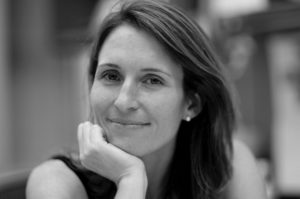 There are good scientific mentors. There are good professional life mentors. But good scientific mentors are not necessarily good career mentors. Those who are great at both deserve recognition. Dr. Erin Adams is quite the perfect example of someone who can offer great scientific advice and personal guidance. She is definitely someone I wish I had met earlier in my career. Dr. Adams is a fantastic mentor beyond the bench, the Joseph Regenstein Professor of Biochemistry and Molecular Biology, serves on the Committees on Immunology and, Cancer Biology at the University of Chicago. She is also a Principal Investigator of the myCHOICE program.
There are good scientific mentors. There are good professional life mentors. But good scientific mentors are not necessarily good career mentors. Those who are great at both deserve recognition. Dr. Erin Adams is quite the perfect example of someone who can offer great scientific advice and personal guidance. She is definitely someone I wish I had met earlier in my career. Dr. Adams is a fantastic mentor beyond the bench, the Joseph Regenstein Professor of Biochemistry and Molecular Biology, serves on the Committees on Immunology and, Cancer Biology at the University of Chicago. She is also a Principal Investigator of the myCHOICE program.